Top 50 Privacy & Security Terms Explained for Beginners
Share
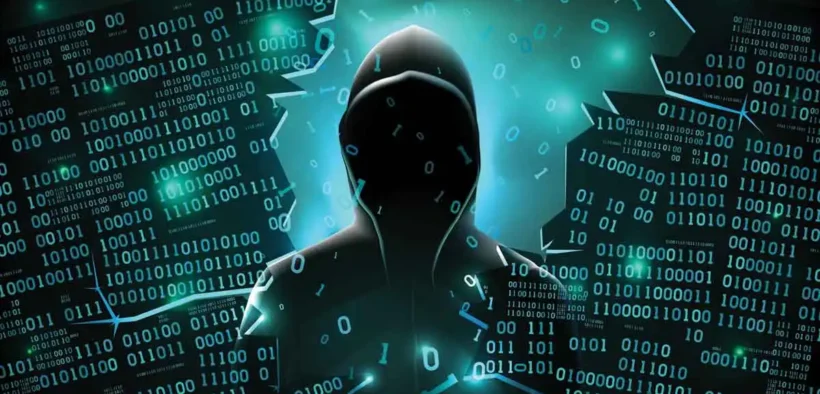
Why You Must Know These Terms
Data privacy and cybersecurity are filled with technical words that confuse beginners and even professionals. Misunderstanding them can:
-
Lead to non-compliance with laws like NDPA or GDPR.
-
Make you vulnerable to scams, breaches, or data theft.
-
Reduce trust if you run a business handling personal data.
This glossary breaks down 50 essential privacy & security terms in plain English, with examples you can relate to.
Glossary: 50 Key Privacy & Security Terms
| Term | Simple Definition | Why It Matters | Example |
|---|---|---|---|
| 1. Personal Data | Info that identifies a person. | Core of privacy laws. | Name, phone number. |
| 2. Sensitive Data | Extra-protected info (health, biometrics). | Higher safeguards. | Medical record. |
| 3. Data Subject | The person whose data is collected. | Central to rights. | Customer in a bank. |
| 4. Data Controller | Decides how/why data is used. | Legal obligations. | A hospital. |
| 5. Data Processor | Handles data for a controller. | Must follow rules. | Cloud storage provider. |
| 6. Processing | Any action on data. | Defines scope. | Collecting emails. |
| 7. Consent | Freely given permission. | Legal basis. | Clicking “I Agree.” |
| 8. Lawful Basis | Grounds for processing data. | Ensures legality. | Contract, consent. |
| 9. Data Minimisation | Collect only what’s needed. | Prevents misuse. | Asking for email, not religion. |
| 10. Purpose Limitation | Use data only for stated reasons. | Builds trust. | Using phone number only for delivery. |
| 11. Storage Limitation | Don’t keep data longer than necessary. | Compliance. | Deleting old job applications. |
| 12. Data Breach | Unauthorized access/exposure. | Must report. | Hack leaking customer passwords. |
| 13. Encryption | Converting data into code. | Protects confidentiality. | Encrypted WhatsApp messages. |
| 14. End-to-End Encryption (E2EE) | Only sender & receiver can read messages. | Maximum privacy. | Signal app chats. |
| 15. Two-Factor Authentication (2FA) | Login requires two steps. | Stronger security. | Password + OTP code. |
| 16. Multi-Factor Authentication (MFA) | Uses 2+ verification methods. | Higher protection. | Fingerprint + PIN. |
| 17. Phishing | Fake messages to steal info. | Common cyber threat. | Fake bank email. |
| 18. Spear Phishing | Targeted phishing attack. | More dangerous. | CEO fraud emails. |
| 19. Ransomware | Malware locking data until ransom is paid. | Costly attack. | WannaCry malware. |
| 20. Malware | Malicious software. | Common cyber risk. | Viruses, trojans. |
| 21. Spyware | Software secretly monitoring you. | Invades privacy. | Keyloggers tracking typing. |
| 22. Adware | Unwanted ads software. | Annoying & risky. | Pop-up ads toolbars. |
| 23. Botnet | Network of hacked computers. | Used in attacks. | DDoS with 1,000 PCs. |
| 24. DDoS Attack | Overloading a system with traffic. | Disrupts services. | Website crash. |
| 25. Zero-Day Attack | Exploit before patch is known. | High risk. | New unpatched software bug. |
| 26. Firewall | Blocks unauthorized access. | First defense. | Router firewall. |
| 27. VPN (Virtual Private Network) | Encrypts internet traffic & hides IP. | Protects browsing. | NordVPN, ExpressVPN. |
| 28. Proxy Server | Middle server for browsing. | Adds anonymity. | Using proxy to bypass restrictions. |
| 29. Identity Theft | Using someone’s data illegally. | Leads to fraud. | Stolen SSN used for loans. |
| 30. Social Engineering | Tricking people into giving data. | Exploits humans. | Fake IT helpdesk call. |
| 31. Cyber Hygiene | Everyday security practices. | Prevents breaches. | Regular password updates. |
| 32. Data Protection Impact Assessment (DPIA) | Risk review for high-risk processing. | Required by law. | Fintech biometrics. |
| 33. Privacy by Design | Build systems with privacy first. | Proactive compliance. | App with minimal data tracking. |
| 34. Privacy by Default | Most private settings on by default. | Protects users. | Facebook auto-restricts location sharing. |
| 35. Data Anonymisation | Stripping identifiers forever. | Excludes data from laws. | Publishing statistics. |
| 36. Data Pseudonymisation | Replace identifiers with codes (reversible). | Still personal data. | Employee IDs as codes. |
| 37. Data Portability | Right to move data between services. | User control. | Exporting WhatsApp chats. |
| 38. Right to be Forgotten | Right to delete personal data. | Strengthens privacy. | Deleting old accounts. |
| 39. Data Subject Access Request (DSAR) | Request to see what data is held. | User right. | Asking Google for data copy. |
| 40. Breach Notification | Legal duty to inform of data leaks. | Transparency. | Company alert after hack. |
| 41. Cybersecurity Framework | Guidelines for securing systems. | Standard practices. | NIST, ISO 27001. |
| 42. Data Governance | Managing data availability & security. | Ensures compliance. | Enterprise data strategy. |
| 43. Cloud Security | Protecting data stored online. | Cloud reliance grows. | Securing AWS or Google Cloud. |
| 44. Insider Threat | Employee misusing access. | Often overlooked. | Staff leaking trade secrets. |
| 45. Authentication | Verifying user identity. | Security step. | Logging in with a password. |
| 46. Authorization | Granting user access rights. | Controls usage. | HR can view payroll, not IT. |
| 47. Digital Footprint | All traces of online activity. | Privacy risk. | Social media posts. |
| 48. Tracking Cookies | Files tracking browsing activity. | Online ads targeting. | Google Ads cookies. |
| 49. Dark Web | Hidden internet requiring special tools. | Home to illegal markets. | Access via Tor. |
| 50. Cyber Resilience | Ability to withstand & recover from attacks. | Long-term safety. | Business continuity plan. |
Common Confusions
-
VPN ≠ 100% anonymous: It hides IP but providers may log.
-
Firewall ≠ antivirus: Firewall blocks access; antivirus removes malware.
-
Anonymisation ≠ pseudonymisation: One is irreversible, the other reversible.
-
Encryption ≠ hashing: Encryption can be reversed with keys; hashing cannot.
Practical Use
-
Businesses: Train staff with these terms to reduce risks.
-
Individuals: Use them to spot scams, set strong passwords, and stay private.
-
Students/Researchers: Foundation knowledge for privacy and cybersecurity studies.
FAQ
Q1: What’s the difference between privacy and security?
-
Privacy protects data rights (laws, policies).
-
Security protects data from threats (tools, practices).
Q2: Is encryption foolproof?
Not always. Weak passwords or stolen keys can break it.
Q3: Do VPNs keep you 100% anonymous?
No. They protect but don’t erase your digital footprint.
Q4: What’s the #1 cause of data breaches?
Human error — weak passwords, phishing, misconfigurations.
Q5: Which laws regulate privacy in Nigeria?
The Nigeria Data Protection Act (NDPA 2023) is the main law.
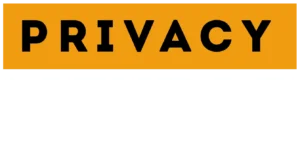

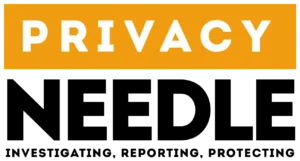




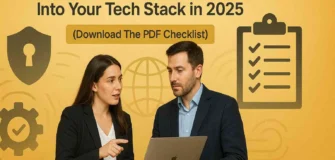



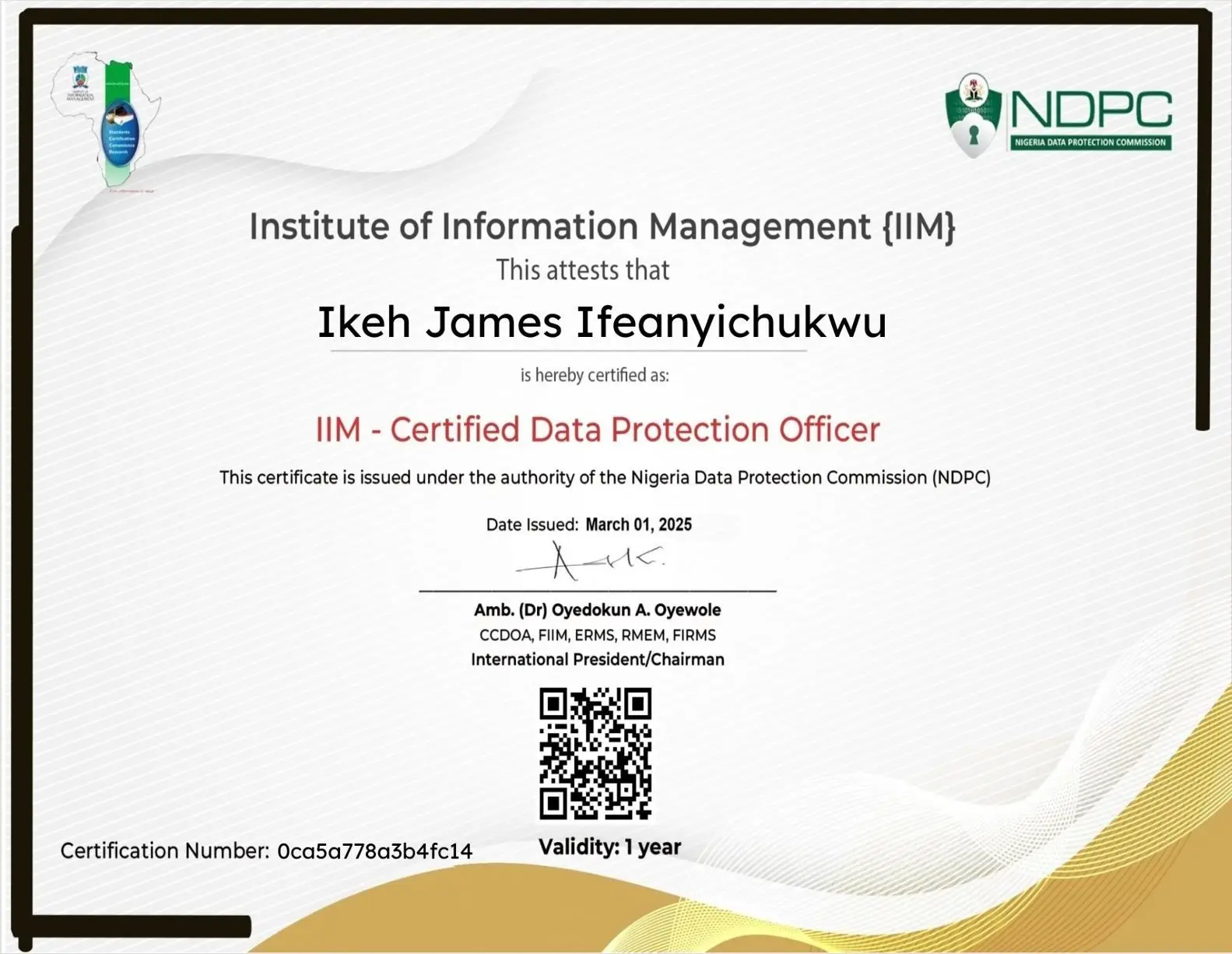
















Leave a Reply